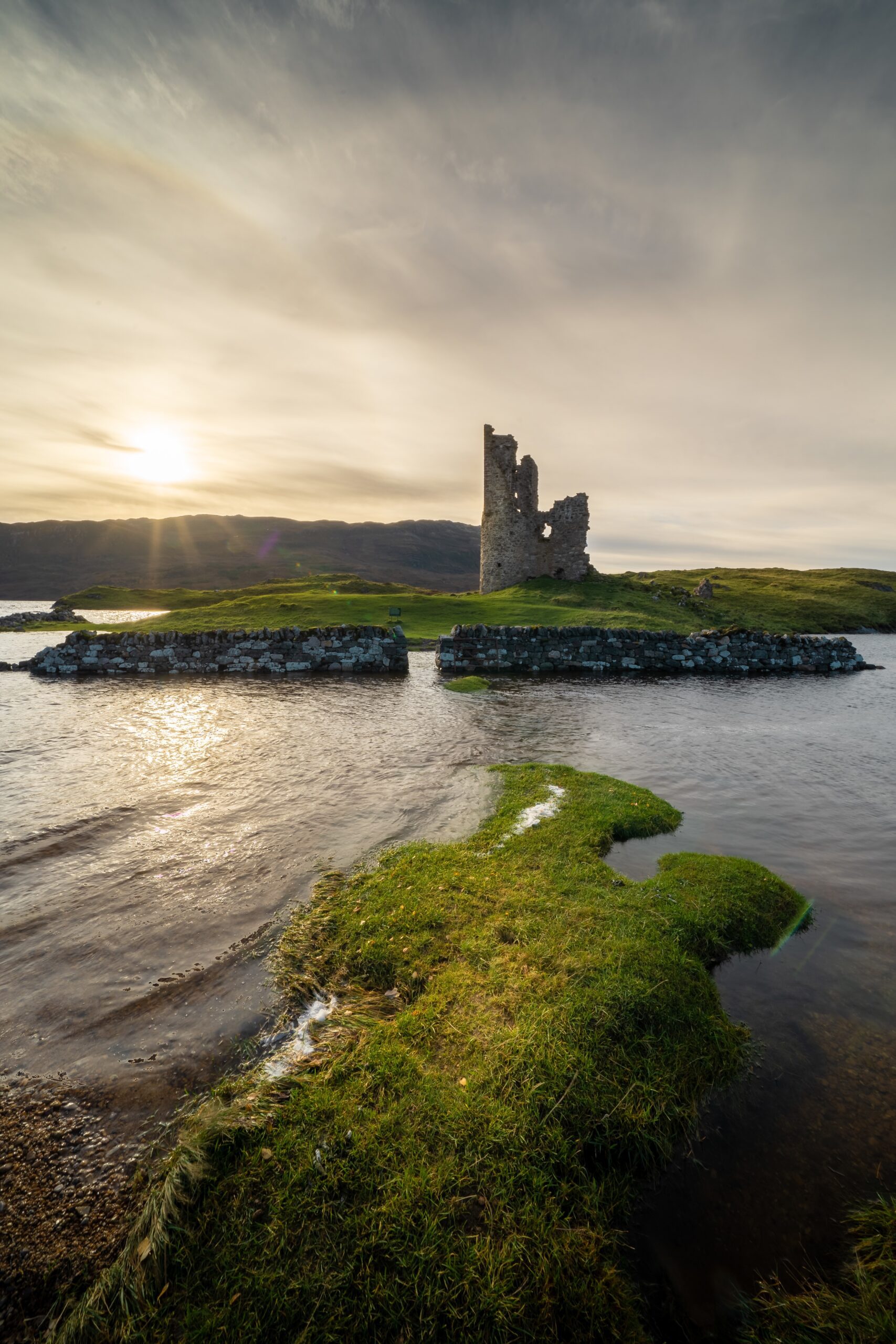Where Earth meets the sky and flow becomes life High above the valleys, where clouds dance with dental peaks and silence, whispering of wind, the biggest contradiction of nature -the hearts of the mountain of water lie. It is a place where stone and stream co -existence, where the strength of the mountain still softens forever and takes a strong shape of flowing water.
A source of life in water mountain
The mountains are more than only rock and ice monuments – they are the planet’s water tower. From the Andes to the Alps, from the Himalayas to Rockies, almost all major river systems get their origin in mountain ranges. Snopacks and glaciers store immense amounts of fresh water, gradually releasing it in currents and rivers with an increase in temperature.
It nourishes the meltwater ecosystem, supports agriculture, and quenches the thirst of billions. In fact, more than half of the humanity depends on the mountain water sources. Without these high reservoirs, many Terai civilizations will wither away.
Waterfalls
Poetry of nature in speed Perhaps the most dramatic expression of water in the mountains is the waterfall. Carving on the millennium, waterfalls form when rivers and currents take a dip on the face of the rock, defying gravity in a breathtaking dynasty. Famous cascades such as Angel Falls in Venezuela or Yosemite Falls in California have become a symbol of raw natural beauty – proof of water, although softened, can sculpt the most difficult stone.
Sacred relationship
In many cultures, mountain water is sacred. From the Ganges river descending from the Himalayas, the water from the mountains, to the reverence of the Glacier-Khilya lakes, carries spiritual significance from the mountains. It is seen not only as a physical cleanser, but as a purifier of the soul, a bridge between worldly and divine.
Climate of water mountain
Nevertheless, the relationship between water and mountains is in danger. Climate change is accelerating the glacier melting, reducing snowopaks and changing rainfall patterns. These changes not only threaten mountain ecosystems, but also endanger water supply to downstream communities. The one who once flows with reliable rhythm is now unexpected, forcing scientists and policy makers to rethink how we protect and manage these important sources.
A call to surprise – and action
To stand before a mountain stream, to listen to the roar of a waterfall, or to see the mist that arises from a glaciel lake, is to be reminiscent of the elegance and power of the earth. But water mountain is not just a place – it is a reminder. A reminder that appears eternal is also delicate. And that every drop of water running through these ancient hills is a gift that connects us all.
FAQ’S OF WATER FALLS
- What is a mountain of water?
A water mountain is a mountainous region that contains abundance of water characteristics such as rivers, rivers, waterfalls, lakes and snowmelts. These areas are important for ecosystem and human communities to provide freshwater downwards.
- Why are mountains known as “water mountains”?
Mountains are on occasion called “water mountains” because they act as a supply of freshwater. Glaciers, snowpacks, and rainfall gather in mountainous areas, feeding rivers and streams that supply water to big regions, including valleys and lowland plain.
- How do Water Mountains have an effect on the local surroundings?
Water Mountains play a important position in neighborhood ecosystems by using providing water for flowers, animals, and human settlements. The rivers and streams originating from mountains often support diverse wildlife and plants, contributing to the biodiversity of the vicinity. Additionally, the consistent motion of water can shape the panorama, developing habitats and influencing soil composition.
- How do human communities rely on Water Mountains?
Many human communities depend upon the freshwater provided by using Water Mountains for drinking water, agriculture, and energy manufacturing. Rivers originating from mountain areas frequently supply water to large populations, while hydroelectric dams harness the energy of mountain rivers to generate power.











